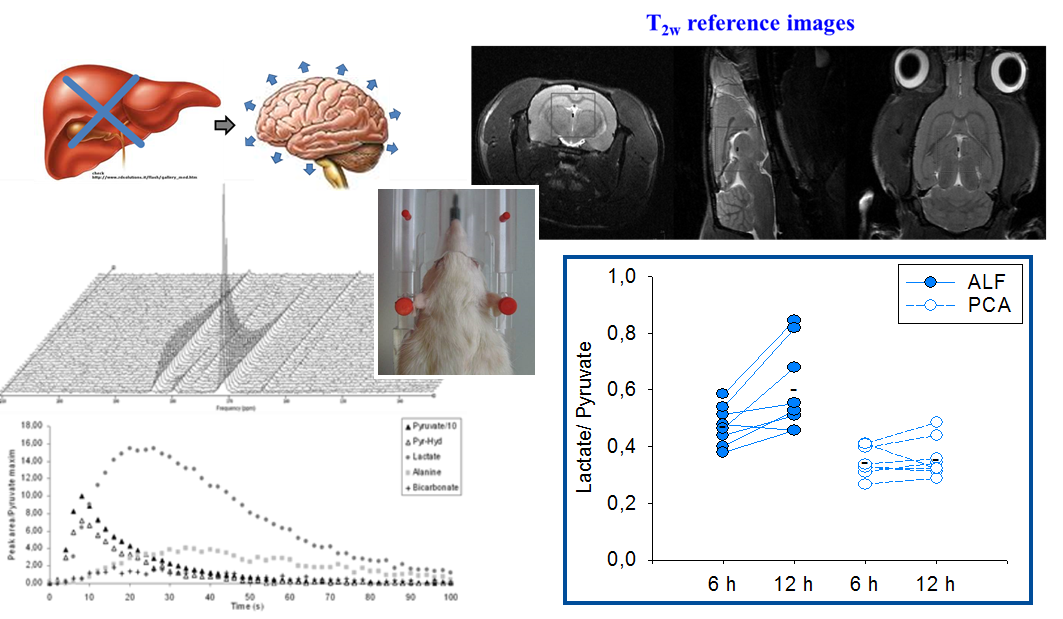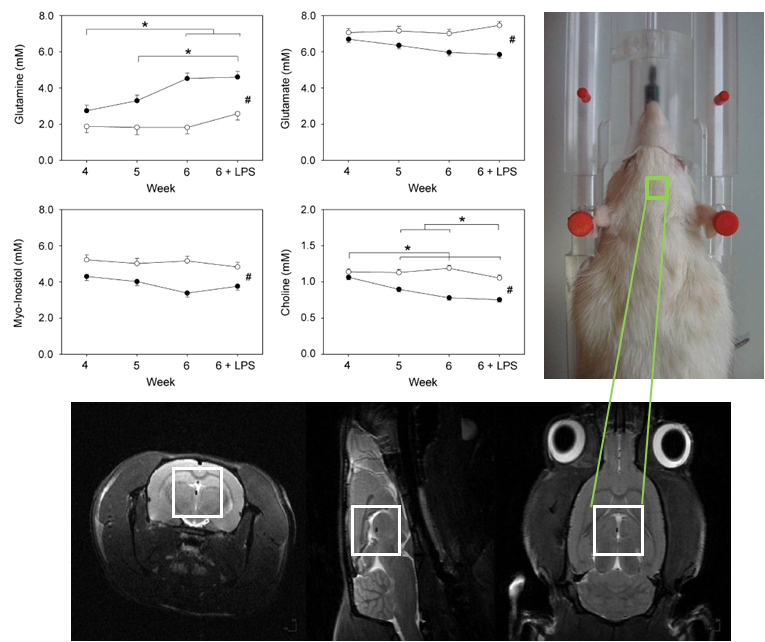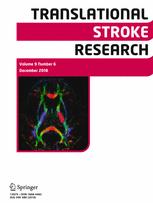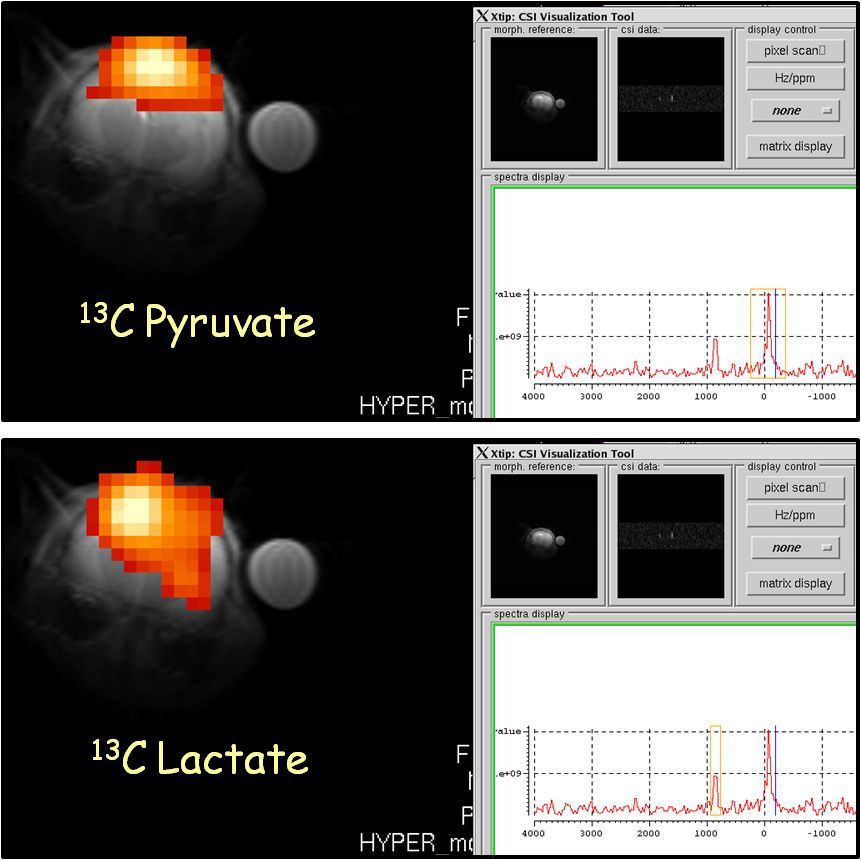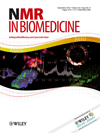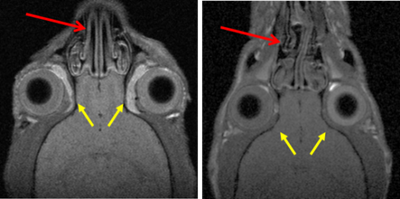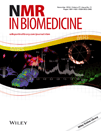 “Real-time assessment of 13C metabolism reveals an early lactate increase in the brain of rats with acute liver failure” by Laia Chavarria, Jordi Romero-Giménez, Eva Monteagudo, Silvia Lope-Piedrafita, Juan Cordoba. NMR in Biomedicine (2014) 28:17-23. DOI: 10.1002/nbm.3226
“Real-time assessment of 13C metabolism reveals an early lactate increase in the brain of rats with acute liver failure” by Laia Chavarria, Jordi Romero-Giménez, Eva Monteagudo, Silvia Lope-Piedrafita, Juan Cordoba. NMR in Biomedicine (2014) 28:17-23. DOI: 10.1002/nbm.3226
Intracranial hypertension is a severe complication of acute liver failure (ALF) secondary to brain edema. The pathogenesis of cerebral edema in ALF is not clear, but seems to be related to energy metabolism in which lactate may have an important role. The aim of this study was to follow the synthesis of brain lactate using a novel in vivo metabolic technology in a rat model of ALF. Time-resolved 13C MRS of hyperpolarized 13C1-pyruvate was used to quantitatively follow the in vivo conversion of pyruvate to its substrates in a model of devascularized ALF in rats. Rats with ALF showed a significant increase in the lactate to pyruvate ratio from 36% to 69% during the progression of liver disease relative to rats with portocaval anastomosis. Rats with ALF also showed a significant increase in the alanine to pyruvate ratio from 72% to 95%. More interestingly, these increases were detectable at very early stages, just 6 h after ALF when animals had no evident disease signs in their behavior (without loss of righting or corneal reflexes). This study shows the dynamic consequences of cerebral in vivo 13C metabolism at real time in rats with ALF. The early detection of the de novo synthesis of lactate suggests that brain lactate is involved in the physiopathology of ALF.
